Blogs

What is Procure to Pay (P2P) – What is Procurement to Payment?
“PROCURE TO PAY is a PROCESS that can be enable by a SYSTEM” – Trent Morris Watch the full video here to learn more about P2P: Editor’s Note: This post was originally published on July 1, 2020, under the title “What is Procure to Pay (P2P)...

Why Large Companies Increasingly Opt for 4PL Services
Because 4PL providers handle a company’s entire chain, including challenges that are thrown up by advances in technology, they are increasingly being favoured over third-party logistics (3PL) providers, especially by big companies with complex supply chains…

What does Corporate Social Responsibility Really Mean?
What does corporate social responsibility really mean? For some companies it means ethical procurement, for others it involves supporting worthy causes.
CSR has specific characteristics and is not to be confused with the shrewd marketing ploys that some companies use to boost their public credentials…

Definitions for Supply Chain & Logistics – LLP, 3PL, 4PL and More
What is LLP mean? What does 3PL stand for? How about 4PL and 5PL? More of these Supply Chain questions will be discussed in the video below: Editor’s Note: This post was originally published on May 27, 2020, under the title “Definitions for Supply...
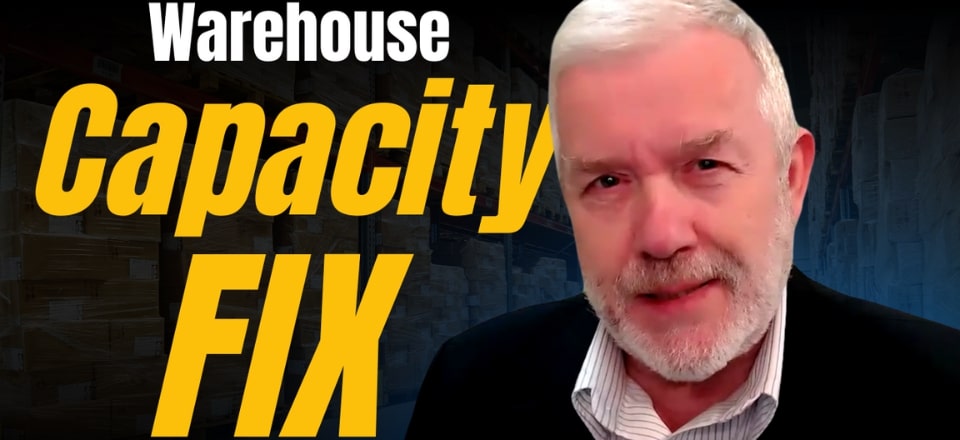
Warehouse Capacity FIX – What Works
Warehouse capacity issues are a common challenge, but solving them doesn’t always require moving or leasing new space. ne of the first things I discuss with businesses is their use of vertical space. Many assume they are out of room, but they may not be utilizing the full height of their storage systems. John Monck, a warehouse expert at Logistics Bureau, often finds that adding extra shelves or beams to existing racking systems can free up significant space without the need for major investments…
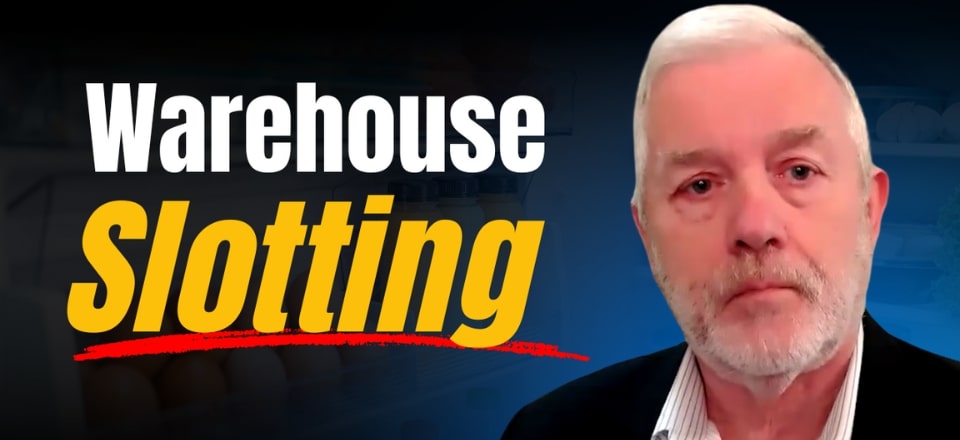
How to Reduce Warehouse Costs with Warehouse Product Slotting
Are you familiar with product slotting? Product slotting is the process of determining the best location for items in a warehouse or distribution center. It’s about organizing products so they’re in the right place, ensuring efficiency and order. The main goal of product slotting is to improve productivity by reducing travel time for warehouse staff…
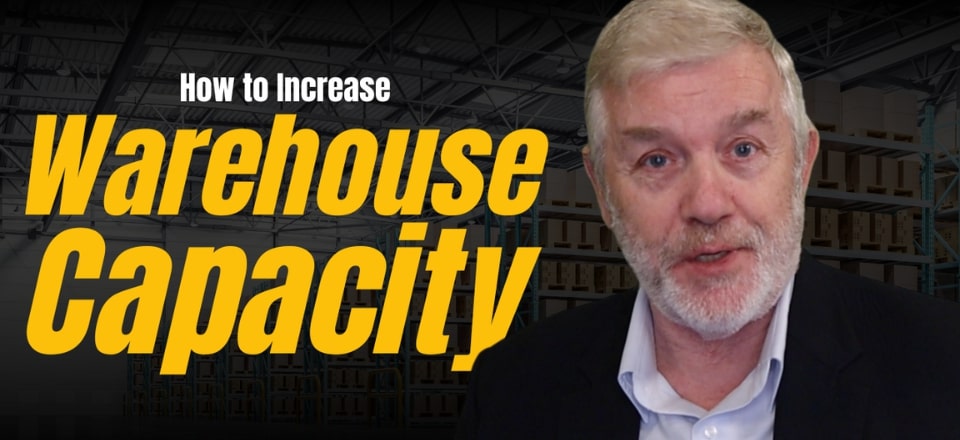
Warehouse Capacity – How to Increase It and Avoid Moving
Warehouse capacity has been a big issue lately, with many businesses struggling for space. Before you consider moving or expanding, I recommend watching the video below for some practical tips on optimizing your current warehouse. These strategies could help you make the most of your existing space…
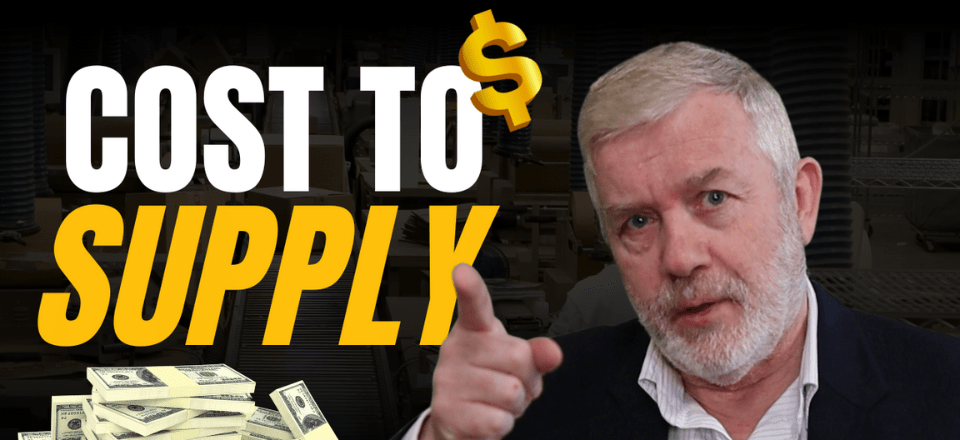
Cost to Supply v Cost to Serve and Why You Need to Understand It
Cost to supply is similar to cost to serve but focuses on the expenses your suppliers incur to deliver goods to your business. This information is critical as it helps develop strategies like reverse logistics and informs pricing decisions…
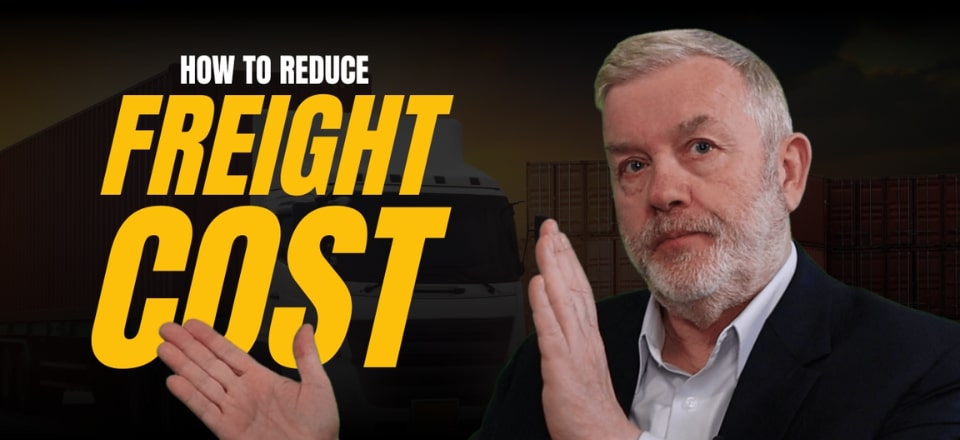
How to Reduce Freight Costs – Key Tips Many People Miss
Looking to reduce your freight costs but not sure where to start? Many believe the best way to lower costs is to pressure your freight company for a rate cut. However, transport operations run on thin margins, especially in the competitive commodity freight sector…
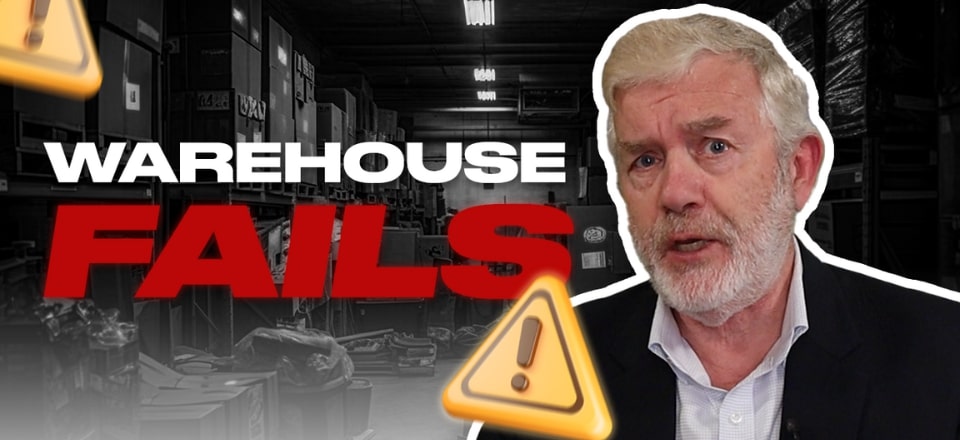
Warehouse FAILS – Common Warehouse Management Problems and Solutions
We’ve experienced a significant increase in demand here at Logistics Bureau for assistance in improving warehouse performance…

